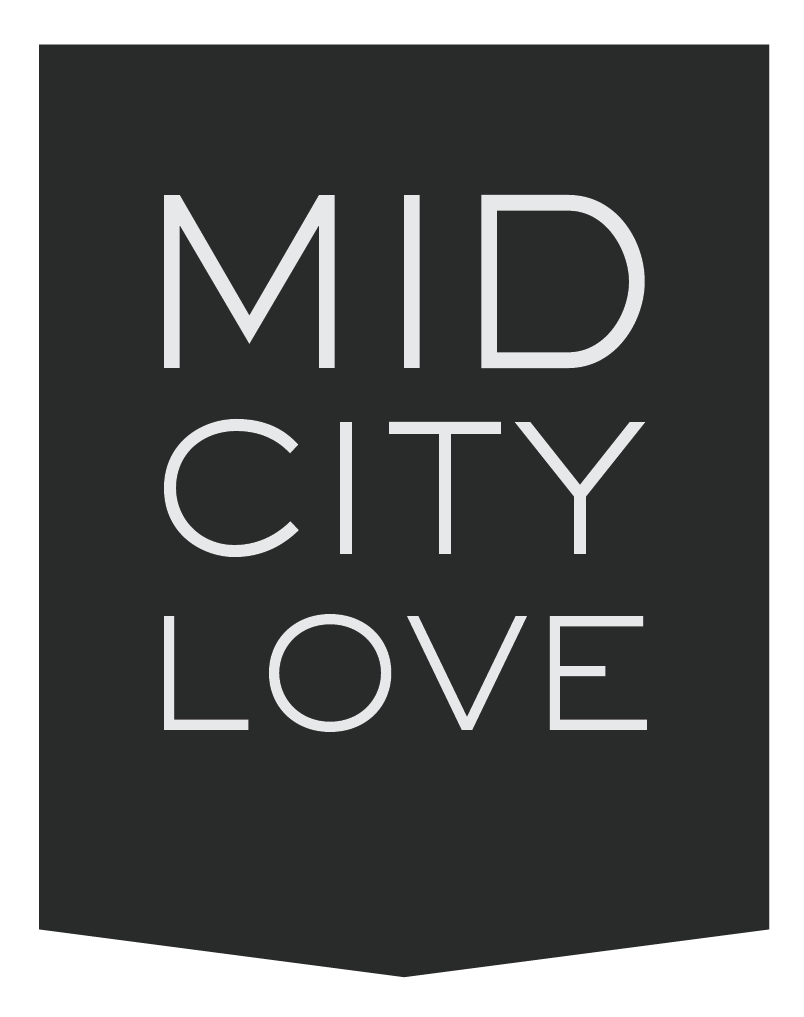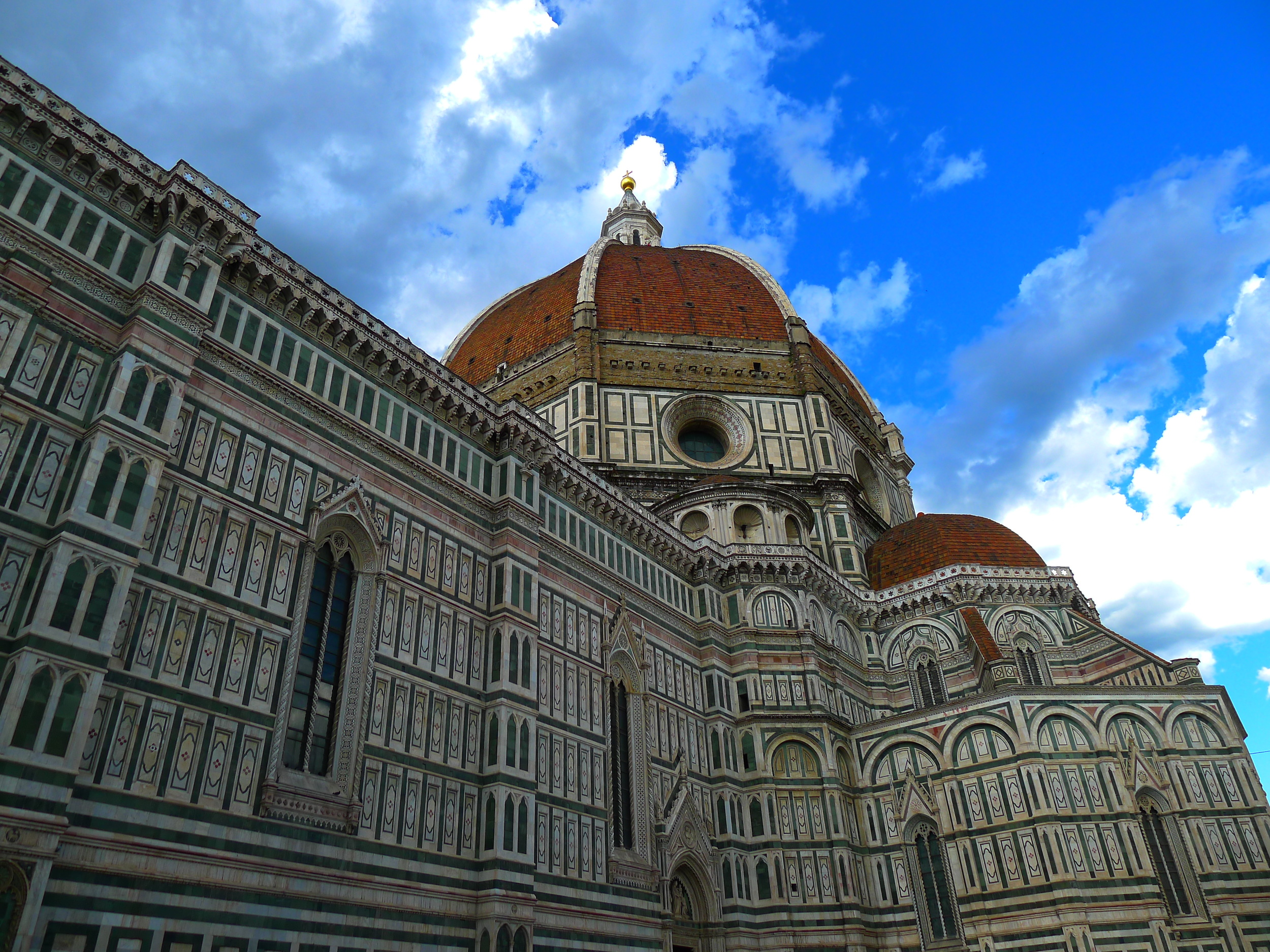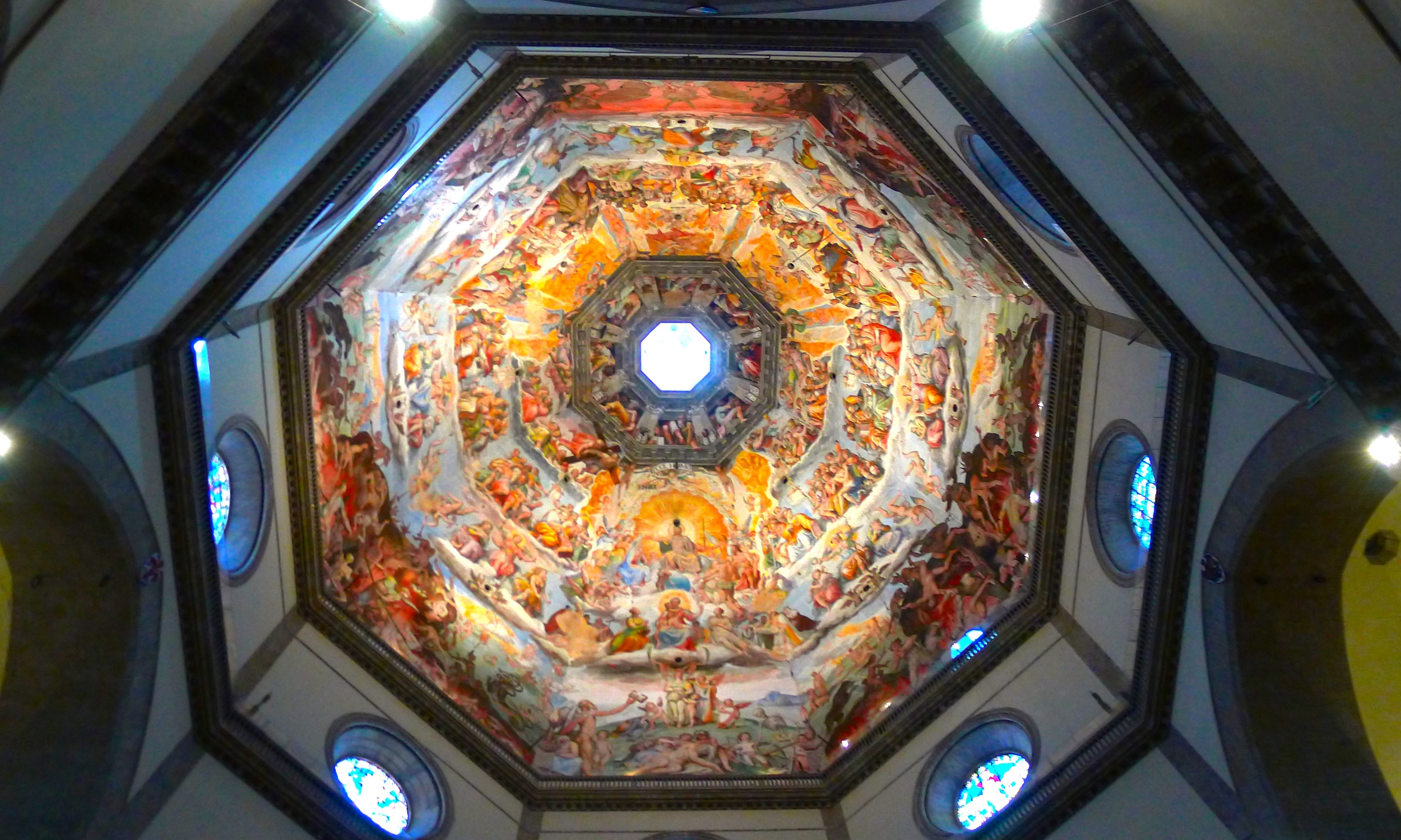Cathedral Santa Croce in Florence, Italy.
This entry is part of the 2014 Italy (& Turkey too!) Travel Blog Series. Read this story and then the rest HERE.
Florence is for art.
Florence is also for architecture.
But more importantly, Florence is for haggling with random street vendors for reasonably priced leather handbags and other goods. I'm only half kidding.
The street markets in Florence, Italy.
In Florence, we meant business. There was too much to see and too little time so we hired a private tour guide. Not one of us could remember her name but... She. Was. Wonderful. For the sake of the story, we'll name her Rose.
Rose was born and raised in Florence and knew the city like it was her backyard. She was a spicy middle aged woman who often stopped to shout Italian profanity at, specifically, the Asian tourists.
"They are so rude," she said in her thick Italian accent. "Every other tourist is courteous and kind but de Asian tourist just push and get in everyone's way." And I had to agree with her. My saving grace was my height; I could usually see over the crowds.
First, Rose took us to the Uffizi Gallery, one of the most famous and oldest art museums in Europe. It is home to many master pieces including the works of Michelangelo, Raphael, Leonardo da Vinci (so... like all the Ninja Turtles), Botticelli, Rembrandt and more.
During our tour there, Josh asked Rose very simply, "What made the famous artists so famous during their time?" She said, "They did things differently." She went on to explain that until these 'popular' names hit the scene artists did things a very particular way. They were taught what art should be and trained how it should be done.
But names like Botticelli and Leonardo started literally painting outside of the lines. Rose explained that traditionally, artists would trace all of their pieces with dark lines, sort of like a coloring book. But the likes of Leonardo painted their pieces without these trace lines because, really, there are no trace lines in real life. You can see an example of the lines in Peiro's portrait of the Duke of Urbino (below).
Piero, The Dukes of Urbino housed at the Uffizi Gallery in Florence, Italy.
Another example Rose gave was that they added 'movement.' Wind for example in The Birth of Venus by Botticelli (below). Venus' hair is moving and the flowers are being blown. This was very cutting edge back then.
The Birth of Venus by Botticelli housed at the Uffizi Gallery in Florence, Italy.
And last, Rose said they pushed surprising boundaries that had been set by other artists before them. This is clear in Michelangelo's portrait of the Holy Family titled Doni Tondo commissioned by Agnolo Doni to commemorate his marriage. When Agnolo saw the finished piece he was maddened by its untraditional ways and told Michelangelo he could not give it to his wife as a gift. He said it was offensive and inappropriate. Rose had to explain to us that it was the first portrait of the Holy Family, of any family for that matter, where the mother was not holding the child. Instead, the father was holding the child (baby Jesus) who was also not sitting still - again, very nontraditional at the time. The baby was standing and very obviously moving around or playing. And so were the mother and the father. There were not posed. To save you the long winded version of the rest of the story, Michelangelo said 'to hell with you' to Agnolo and told him he'd sell it to someone else. When Michelangelo received numerous other offers from impressed buyers, Agnolo recanted his former opinion and purchased the piece as he originally agreed.
Doni Tondo (The Holy Family) by Michelangelo housed in the Uffizi Gallery in Florence, Italy.
The Uffizi Gallery holds hundreds of pieces of artwork throughout it's 45 'U' shaped hallways and Rose was able to whip us through there in about two hours. We told her we wanted to see the 'good stuff' and that's what she showed us.
Florence is also a great place for architecture and there's no better example than the Basilica di Santa Maria del Fiore, or 'Saint Mary the Flower' in English. It's more commonly referred to as THEE Duomo. While any 'dome' structure in Italy is called a duomo, this one in particular is very special because of its size and construction. This was quick 10 minute tour with Rose as our guide. And it was quite impressive.
With a few short stops in between, Rose ended our tour with the Accademia, the gallery where the real David is on display. Will the real David please stand up? Detroit? Eminem? Anyone?
In all seriousness, there are two commonly visited Davids in Florence (and even more replicas throughout Italy and beyond). A replica of The David stands outside of the Palazzo della Singoria (we also toured here) where the spot where original David once stood. The real David, however, is now indoors at the Accademia.
The replica David outside of the Palazzo della Singoria in Florence, Italy.
Rose pointed out why The David was, and still is so impressive. First, it is made out of a reject, thin piece of scrap marble practically given away to Michelangelo. People thought he was silly for wanting to use it. Second, David's hands are much too large to be in correct proportion to the rest of his body. But Michelangelo was sending a message: Davids hands are the ones that defeated Goliath and he wanted to draw attention to that. And last, David was naked. David had never been depicted naked, and what is more, he'd never been depicted as an adolescent either. Before Michelangelo, David was always seen as a man.
I took a photo of The David which is completely against the rules. But Rose, who got increasingly cool throughout the day with her Italian cuss words and back alley short cuts, showed me where to stand in the room where security cameras didn't face and guards couldn't see.
The David inside of the Accademia in Florence, Italy.
We parted ways with Rose after 4 hours of touring and ended our afternoon with a sit down at a restaurant near the fresh market. Somehow, after a day of Italian culture, the wine tasted better. Pinkies up!
This entry is part of the 2014 Italy (& Turkey too!) Travel Blog Series. Read this story and then the rest HERE.









